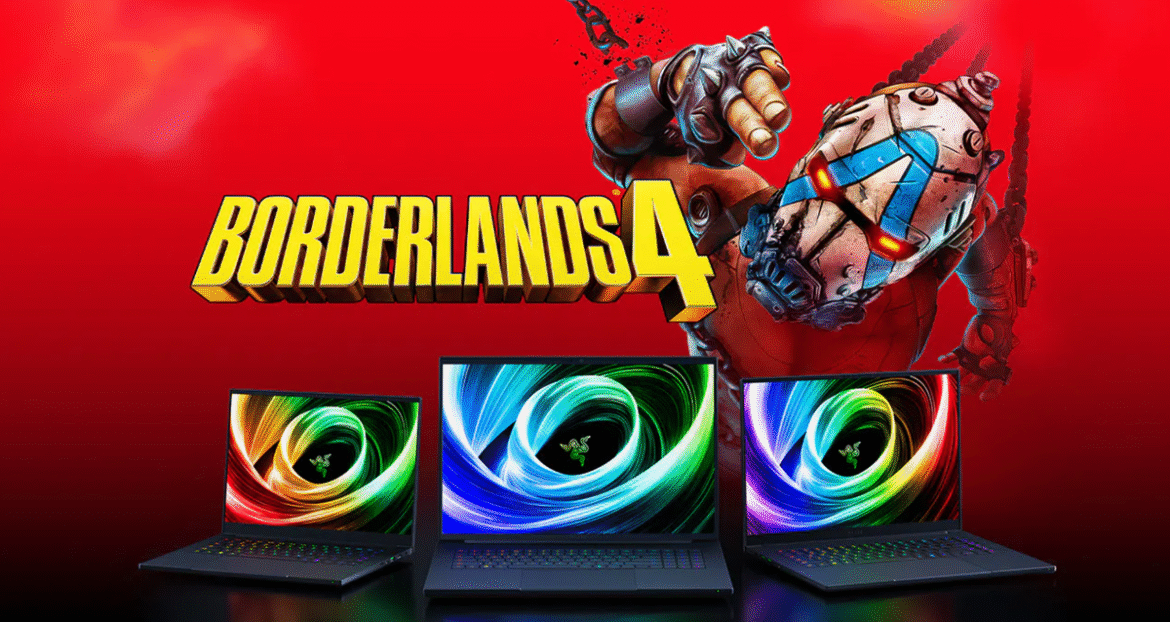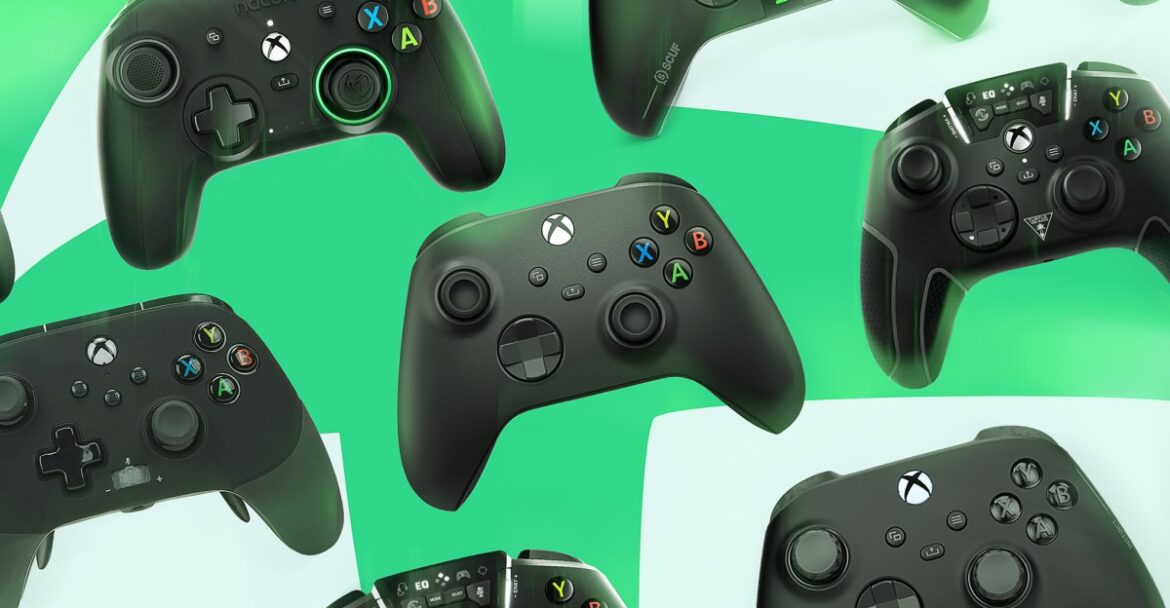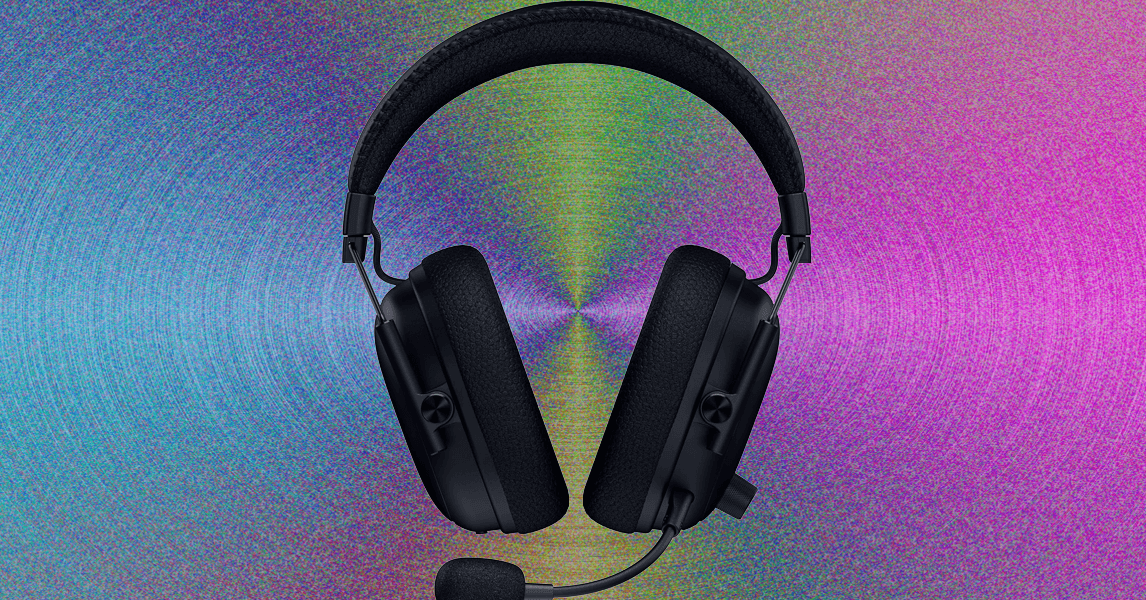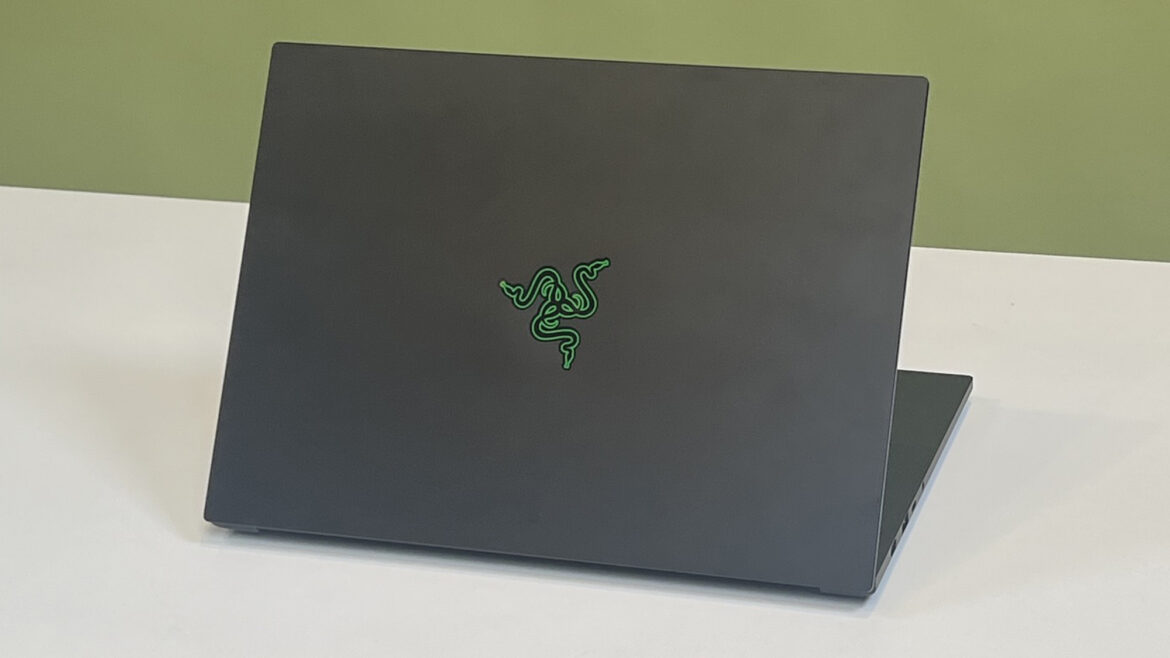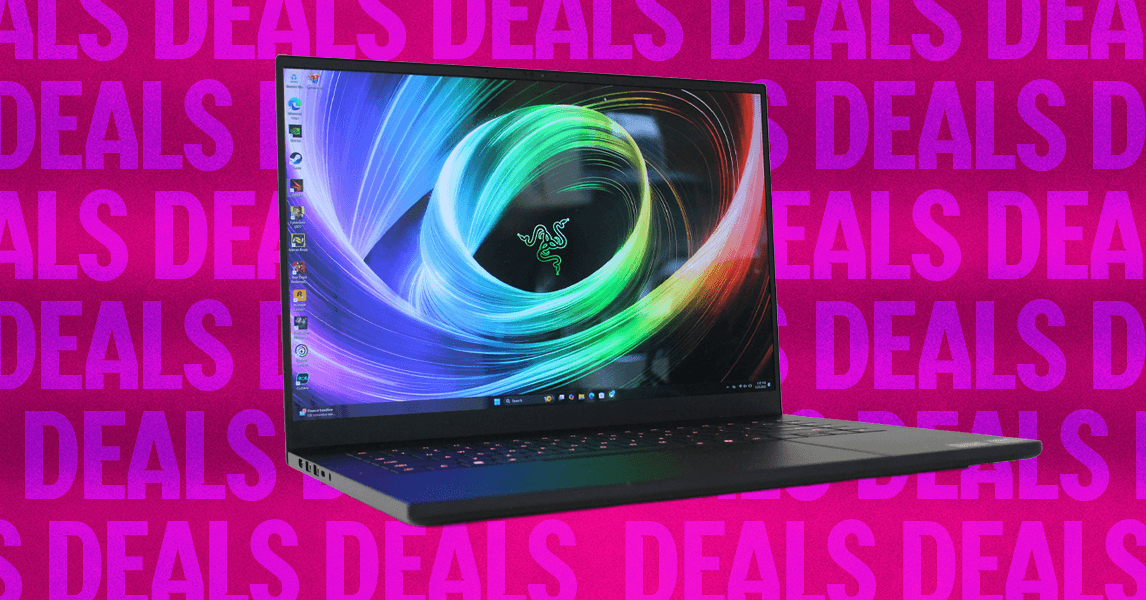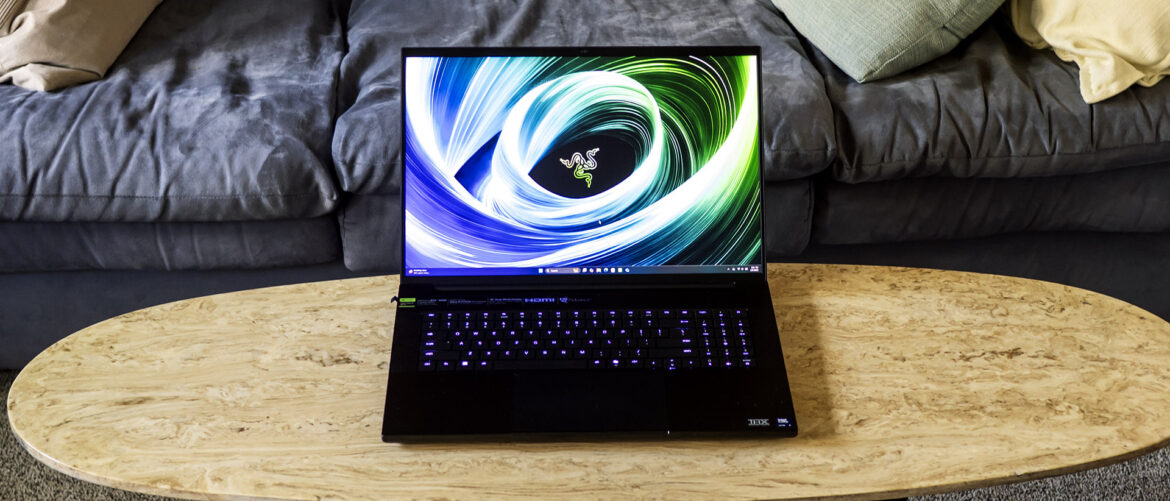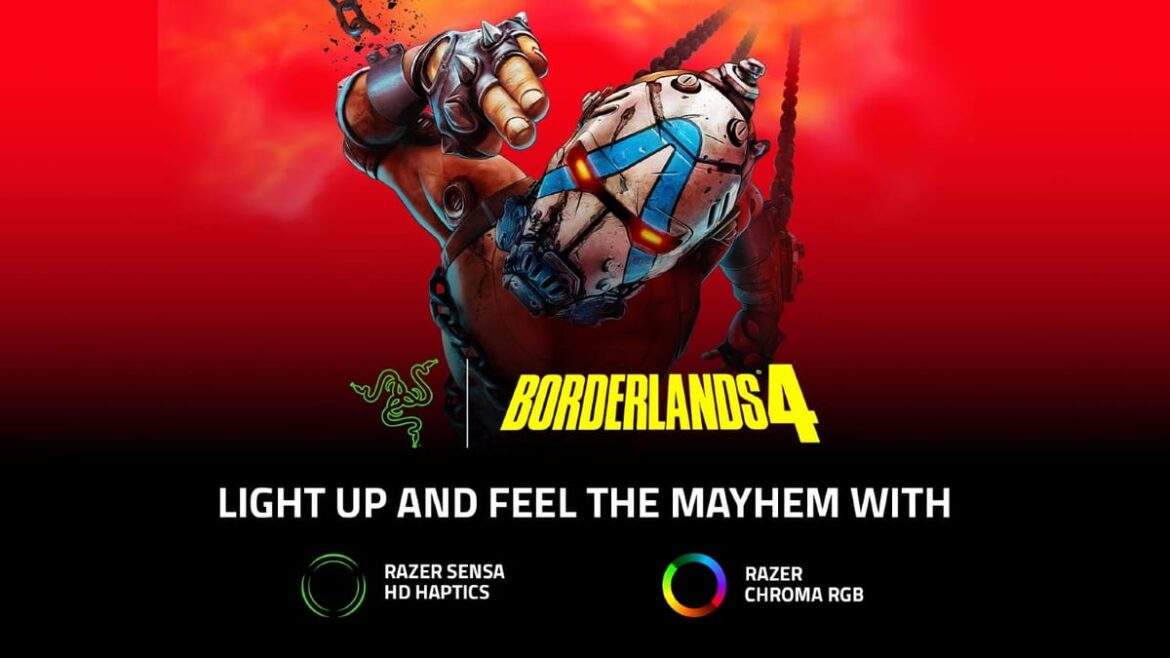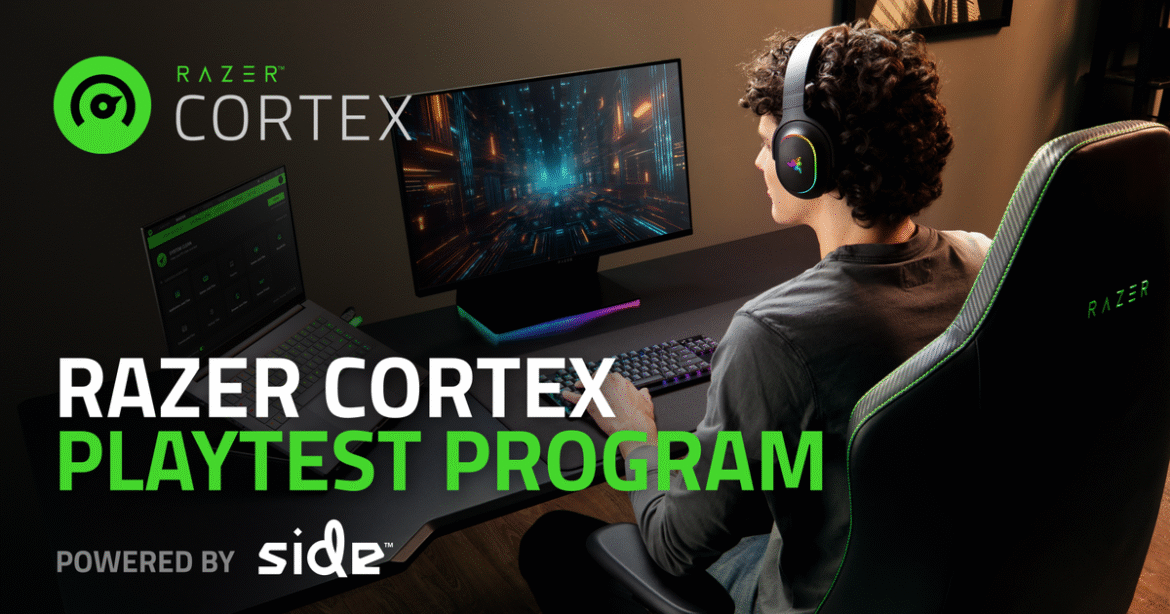Dragon Lore already looks amazing in Counter-Strike 2, but it’s going to look even better on your Razer gear. Previously announced for Viper V3 Pro mouse, the Huntsman V3 Pro TKL keyboard, and Gigantus V2-L mousepad, you can spread the wealth to two additional items. The BlackShark V3 Pro headset (which is one of our favorites), and the Iskur V2 X gaming chair will also get this design, which looks incredible. Check it out below and sign up to be notified when it’s available, it’s sure to go fast!
The lore ascends: https://t.co/YbGKLt8iWC@CounterStrike pic.twitter.com/zfPIlzDNgb
— R Λ Z Ξ R (@Razer) September 30, 2025
SUMMON THE DRAGON LORE
The lore is reborn—infused with the #1 esports gear most used by pros. From the Cobblestone box to your setup, bring the elusive aura of the Dragon Lore to your loadout with the Razer | Counter-Strike 2 Collection, co-engineered with pros to help you pull off ace, after ace, after ace.
Razer | Counter-Strike 2 Collection – Summon the Dragon Lore | Razer United States
Gear up with Razer CS2 Collection esports gear. For precision headshots and flawless defuses, experience elite performance inspired by Dragon Lore!
Stay tuned to GamingTrend for more Razer news and info!
Share this article
The link has been copied!
Affiliate Links


